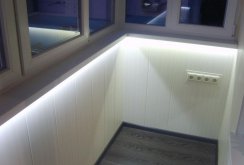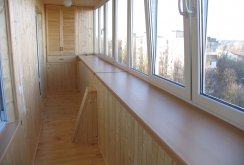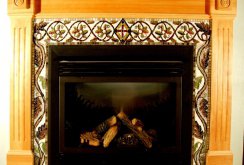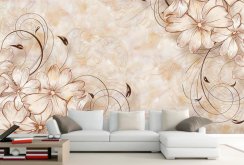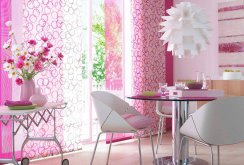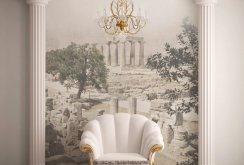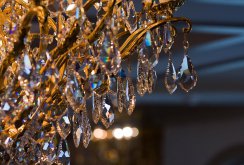Garden plants at your site: main types
Starting the process of creating landscape design on his own site, the owner inevitably encounters a huge assortment of garden plants that offer specialized retail chains and online stores. First of all, you should decide on the classification of garden plants. A brief review allows you to conditionally divide such plants into six categories.Annual garden plants
One-year-old garden plants include a variety of garden crops, the lifespan of which takes one vegetative period (spring, summer, early fall). Annuals can:- sow directly into the soil with seeds;
- grow seedlings in advance and plant it in the spring;
- There are varieties of annuals that manage to bloom and set and disperse seeds that will sprout on their own next year.
Perennial garden plants
Perennials are distinguished by the fact that once planted plants can please the eye from two to several years. Among them are:- beautifully blooming, can be low or tall plants, bushes with large flowers or small inflorescences;
- creeping that can cover entire sections of soil with carpet;
- decorative foliage, having beautiful foliage or even everlastingly green conifers, resistant to temperature extremes.
Bulbous garden plants
Bulbs are plants that have a special shape of the stem part (bulb), which allows them to accumulate and store moisture, nutrients in the winter. Bulbous plants can be divided by flowering time:- spring, which bloom from March to May;
- summer - flowering period from May to July;
- Autumn, which bloom in August and bloom until October.
Flowering garden plants
Flowering plants include those that annually throw out inflorescences or individual flowers, different in size, color, shape. Such plants may be:- photophilous or shade-loving, for this you should accordingly choose the sites for their landing;
- undersized or curb, which are used to design paths or contours of flower beds;
- curly, allowing to decorate hedges or walls of buildings.
Non-flowering garden plants
Shrubs or herbaceous plants that do not have pronounced flower inflorescences belong to this category. In the series of their use for decorative purposes, you can list:- deciduous, differing in size and color of leaves;
- coniferous, allowing you to get a large amount of greenery at any time of the year;
- blooming, decorating the site that tolerate adverse climatic seasons and can bloom in different seasons.
Garden plants for ponds
Moisture-loving plants for ponds and ponds can be grown in almost any climate zone and are:- coastal, which land in the coastal zone of the reservoir;
- deep-sea, whose root system is located at the bottom of the pond;
- floating, the habitat of which is the surface of the reservoir.

 Do-it-yourself flowerbeds in the country (51 photos): flower decoration and design of fences
Do-it-yourself flowerbeds in the country (51 photos): flower decoration and design of fences